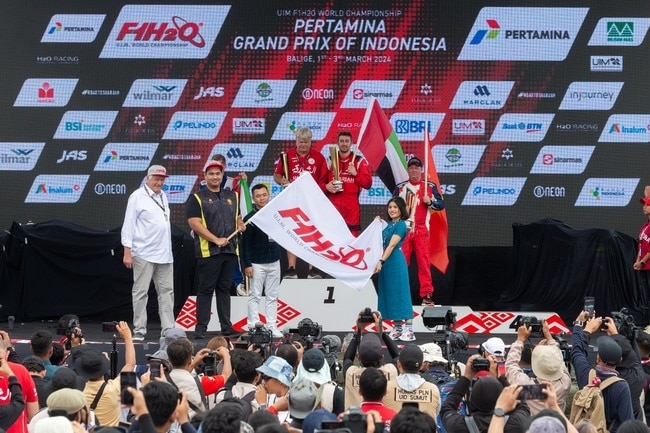
Representative of Binh Dinh F1 Joint Stock Company received the flag to host the race. Photo: F1H2O
UMI F1H2O QUALIFYING: Qualifying is part of the F1H2O Grand Prix, taking place before each main race. The purpose of qualifying is to determine the starting position for the riders in the main race (Pole). The most modern timing equipment will record the performance of each boat. Qualifying is divided into three stages: Q1, Q2 and Q3. - Q1: All riders participate; each rider can run as many laps as he wants during the 20-minute session; the 12 fastest riders advance to Q2; the ranking of riders who do not advance to Q1 is determined based on the times they achieve in Q1. - Q2: The 12 fastest riders from Q1 participate. After a 7-minute break, the time is reset and the remaining 12 drivers race for another 15-minute session, each completing any number of laps they wish during the 15 minutes; the 6 fastest drivers advance to Q3. The times completed by those who do not qualify for Q3 will reflect their starting position. - Q3: The 6 fastest drivers from Q2 enter. Drivers race for 10 minutes. The finish position of the drivers will determine their starting position in the main race. Note: Drivers may be penalised if they make unnecessary stops on the track or obstruct other drivers during qualifying. Refuelling is not allowed during the time trial. SPRINT RACE: Each track in this round is different in size, but is typically around 2,000 metres long. Each track has at least one long straight and many sharp turns, mostly left turns with one or two right turns. A new sprint stage was added in 2023 to calculate the individual results of the riders. The riders will be drawn into 2 races. The winner of each race will be awarded points, based on the UIM scoring system. FINAL RACE - MAIN RACE : Usually lasting about 45 minutes, the riders will compete in laps around a marked track (slalom). The starting order of the riders has been determined from the Qualifying round. After 30 laps (laps), the winner is determined by the rider who completes the main race with the fastest time. COMPETITION RULES: Riders must use a motorboat designed according to UIM regulations. The maximum speed of the motorboat is 250 km/h. Riders are not allowed to collide with each other or with obstacles on the track. If the rules of the game are violated, drivers can be penalized, including disqualification. WATER CONDITIONS IN F1H2O Water conditions play a major role in the outcome of each F1H2O race. The currents and winds change from lap to lap, and the constant splashing of water on the tiny dashboard means drivers are often forced to drive blind at top speed, inches from their opponents. Here are some important factors to consider when it comes to water conditions in F1H2O: - Currents: Currents can significantly affect a boat's speed and handling. Drivers need to adjust their driving techniques to accommodate the currents. - Winds: Strong winds can create large waves, making steering difficult and dangerous. - Salinity: The salinity of the water can affect the performance of the boat's engine. - Temperature: Water temperature can affect the grip of the boat's tires. - F1H2O organisers will closely monitor water conditions and may postpone or cancel the race if conditions become too dangerous. In addition, F1H2O drivers also need special skills to steer in difficult water conditions. Here are some important skills: - Ability to read the current: Drivers need to be able to read the current and adjust their steering technique accordingly. - Ability to control the boat in large waves: Drivers need to be able to control the boat in large waves and keep the boat from capsizing. - Ability to restart the boat: If the boat capsizes, drivers need to be able to restart the boat quickly. In the event of a barrel-roll, a mandatory airbag above the driver's head will automatically inflate when it comes into contact with water. This keeps the cockpit afloat until rescuers arrive. All drivers have automatic oxygen tanks installed in their cockpits as an added safety feature. Water conditions are a major factor in F1H2O and can significantly influence the outcome of each race.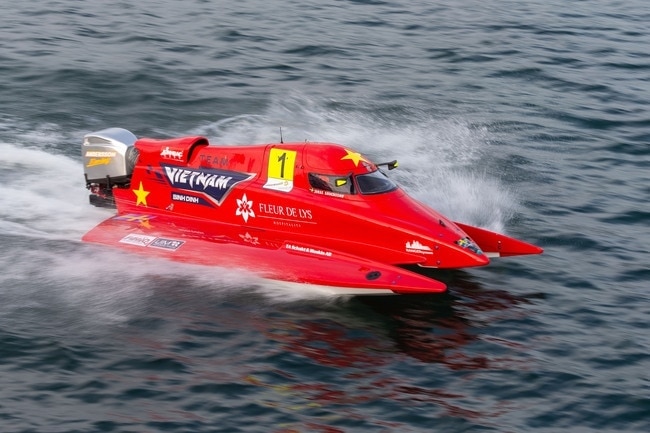 RACE INFORMATION LIGHT SIGNALS Each racing team must be equipped with electronic timing and indicator lights. This is a mandatory condition for being allowed to compete. Light signals are used according to these rules to inform specific times or instructions to the racers. The meanings of the lights are as follows: YELLOW : Reduce speed to a maximum of 3,000 rpm - Extreme caution is required on the track - Maintain current position - Do not overtake - Follow the guide boat RED : Stop the race, reduce speed immediately and return to the starting jetty, similar to the actual black flag. WHITE AND BLUE FLAGS WARNING : Rescue boats must have priority. Complaints from rescue personnel will be penalized. Damaged boat: Can only be towed to the tow area or starting jetty under "stopped race" conditions and if there is a support boat. During testing and racing: At least one team member must remain in the signal area and maintain radio contact with the driver during testing, time trials and racing. Note: RPM is a unit of measurement for engine speed, equivalent to the number of revolutions of the engine shaft in one minute. A black flag in racing is often used to disqualify a driver from a race for a rule violation.
RACE INFORMATION LIGHT SIGNALS Each racing team must be equipped with electronic timing and indicator lights. This is a mandatory condition for being allowed to compete. Light signals are used according to these rules to inform specific times or instructions to the racers. The meanings of the lights are as follows: YELLOW : Reduce speed to a maximum of 3,000 rpm - Extreme caution is required on the track - Maintain current position - Do not overtake - Follow the guide boat RED : Stop the race, reduce speed immediately and return to the starting jetty, similar to the actual black flag. WHITE AND BLUE FLAGS WARNING : Rescue boats must have priority. Complaints from rescue personnel will be penalized. Damaged boat: Can only be towed to the tow area or starting jetty under "stopped race" conditions and if there is a support boat. During testing and racing: At least one team member must remain in the signal area and maintain radio contact with the driver during testing, time trials and racing. Note: RPM is a unit of measurement for engine speed, equivalent to the number of revolutions of the engine shaft in one minute. A black flag in racing is often used to disqualify a driver from a race for a rule violation.baobinhdinh.vn


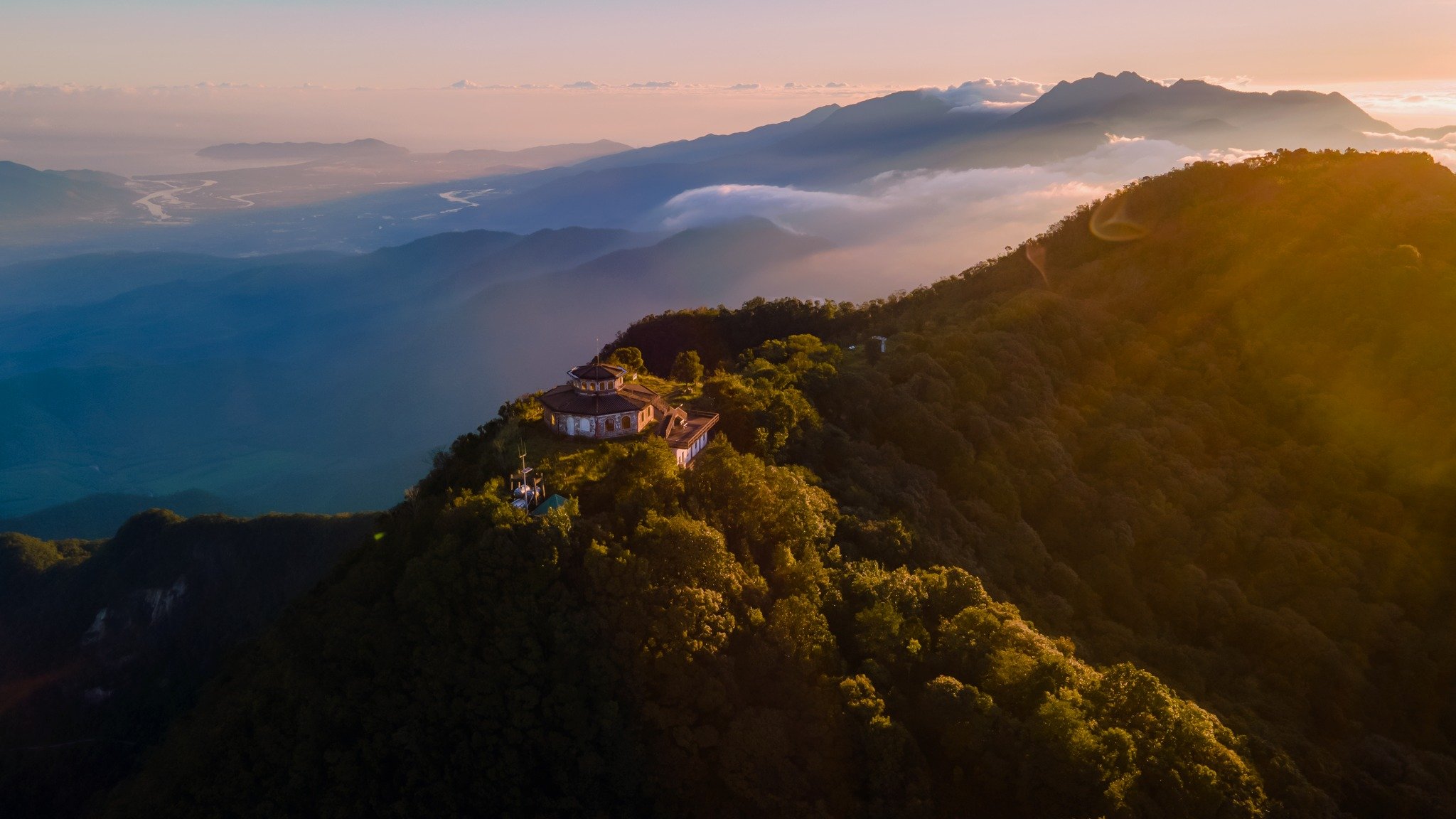


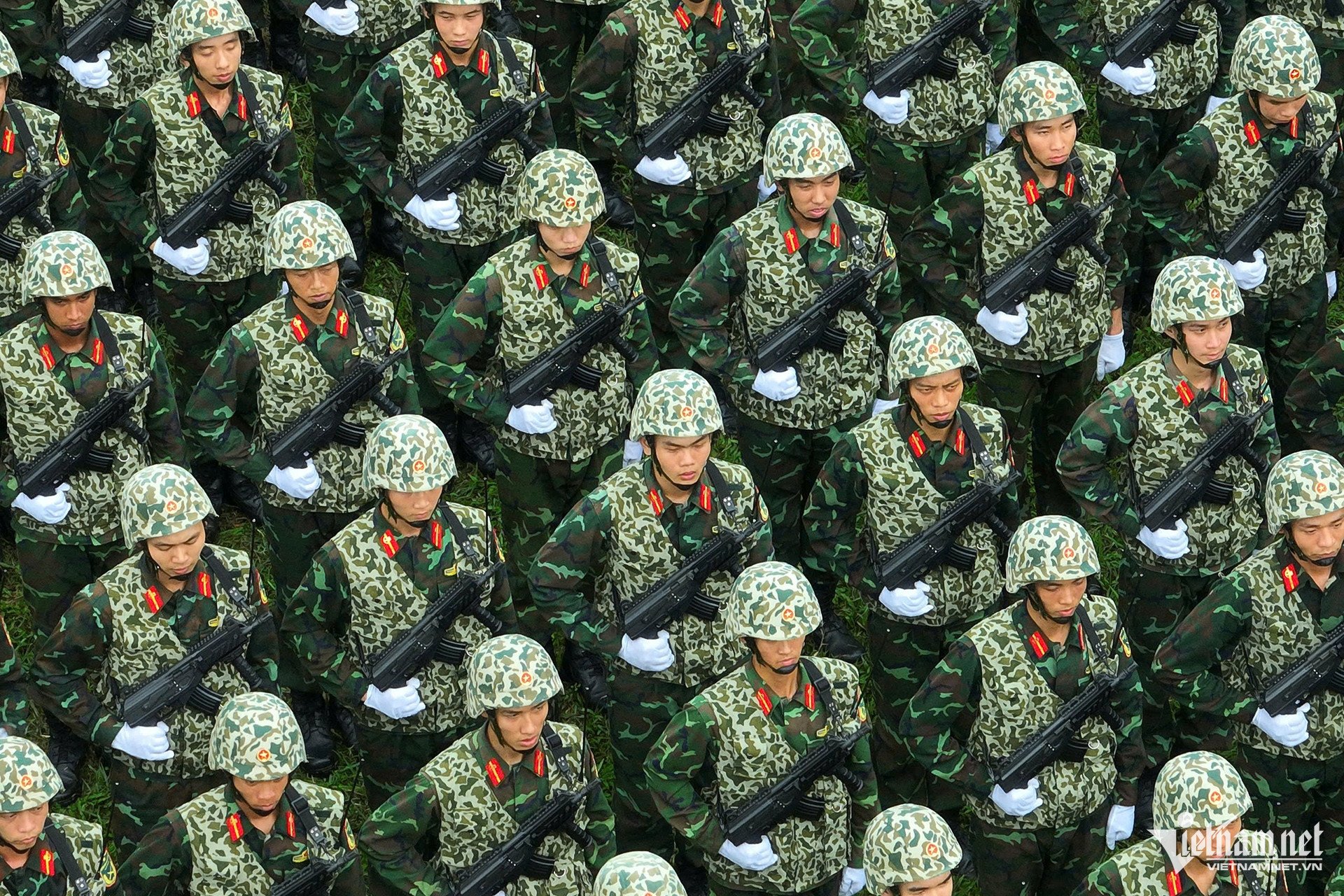

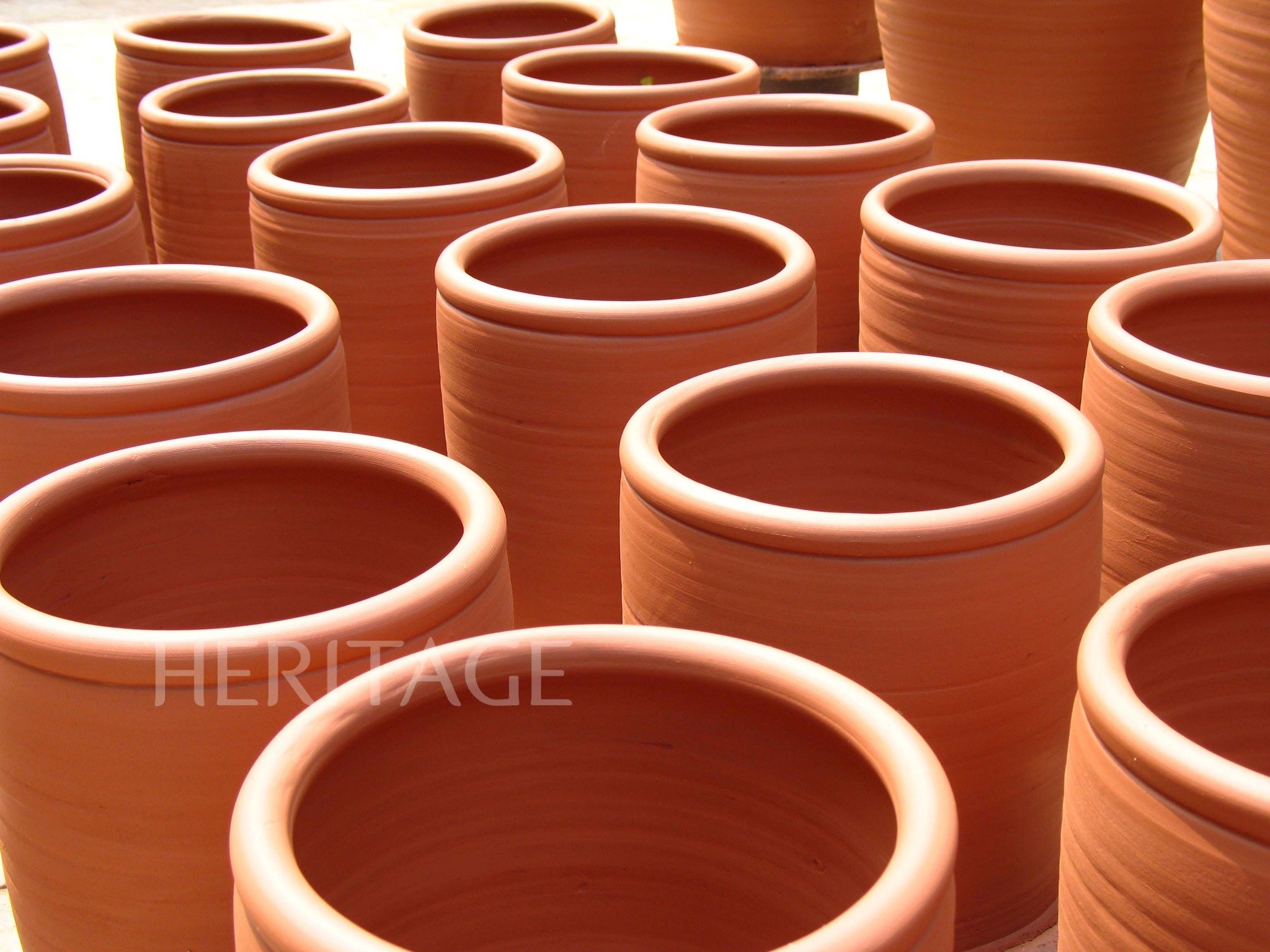


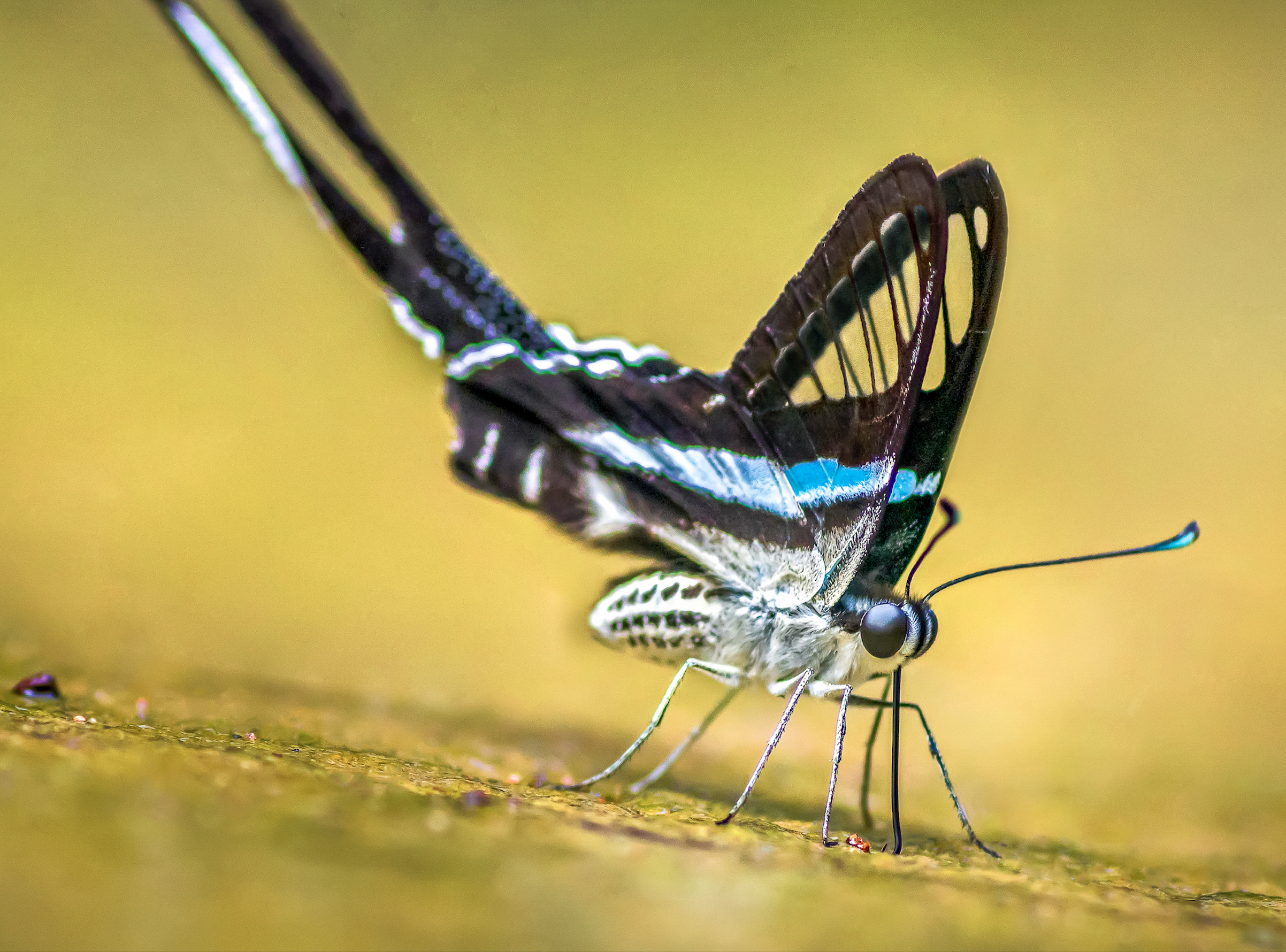
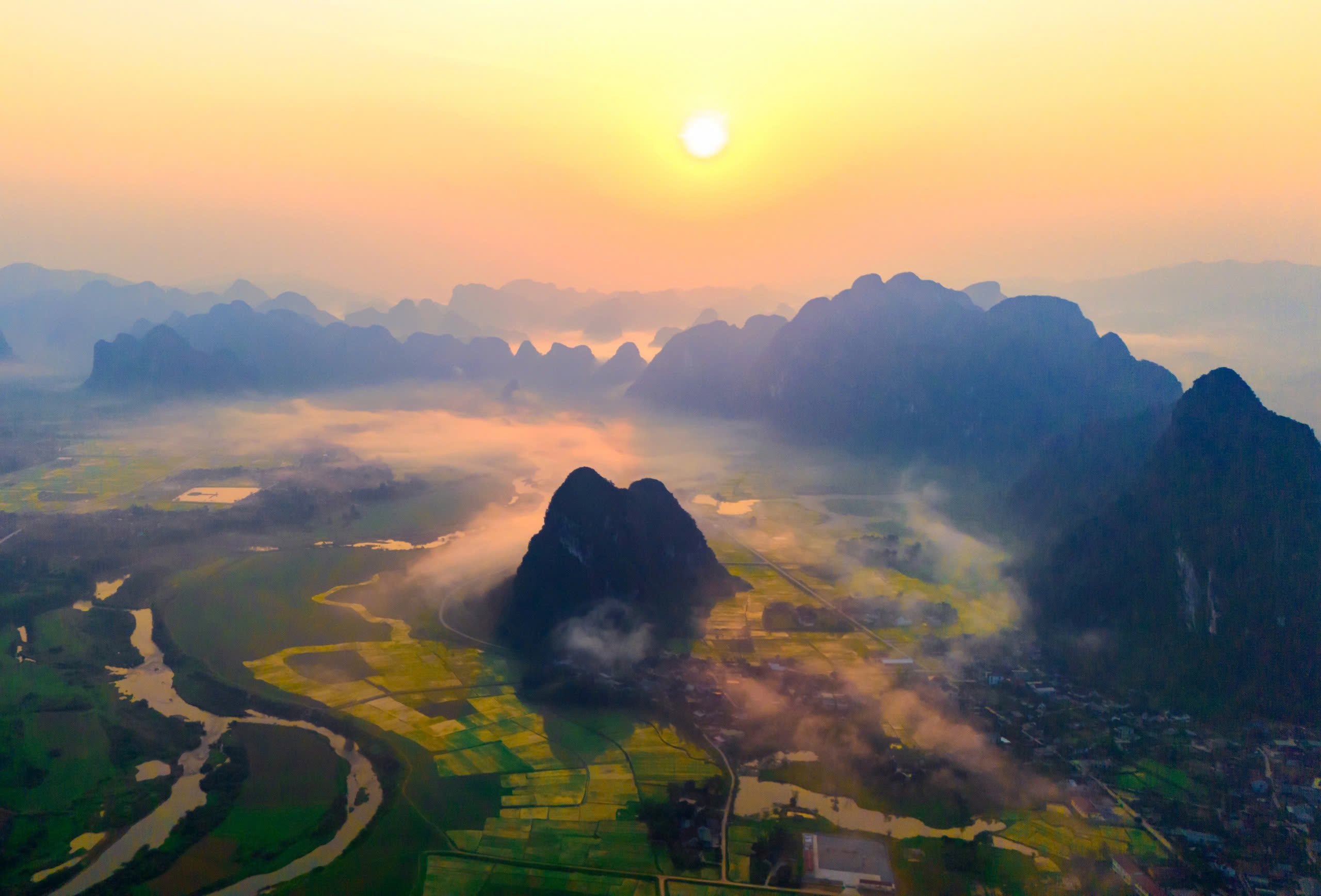
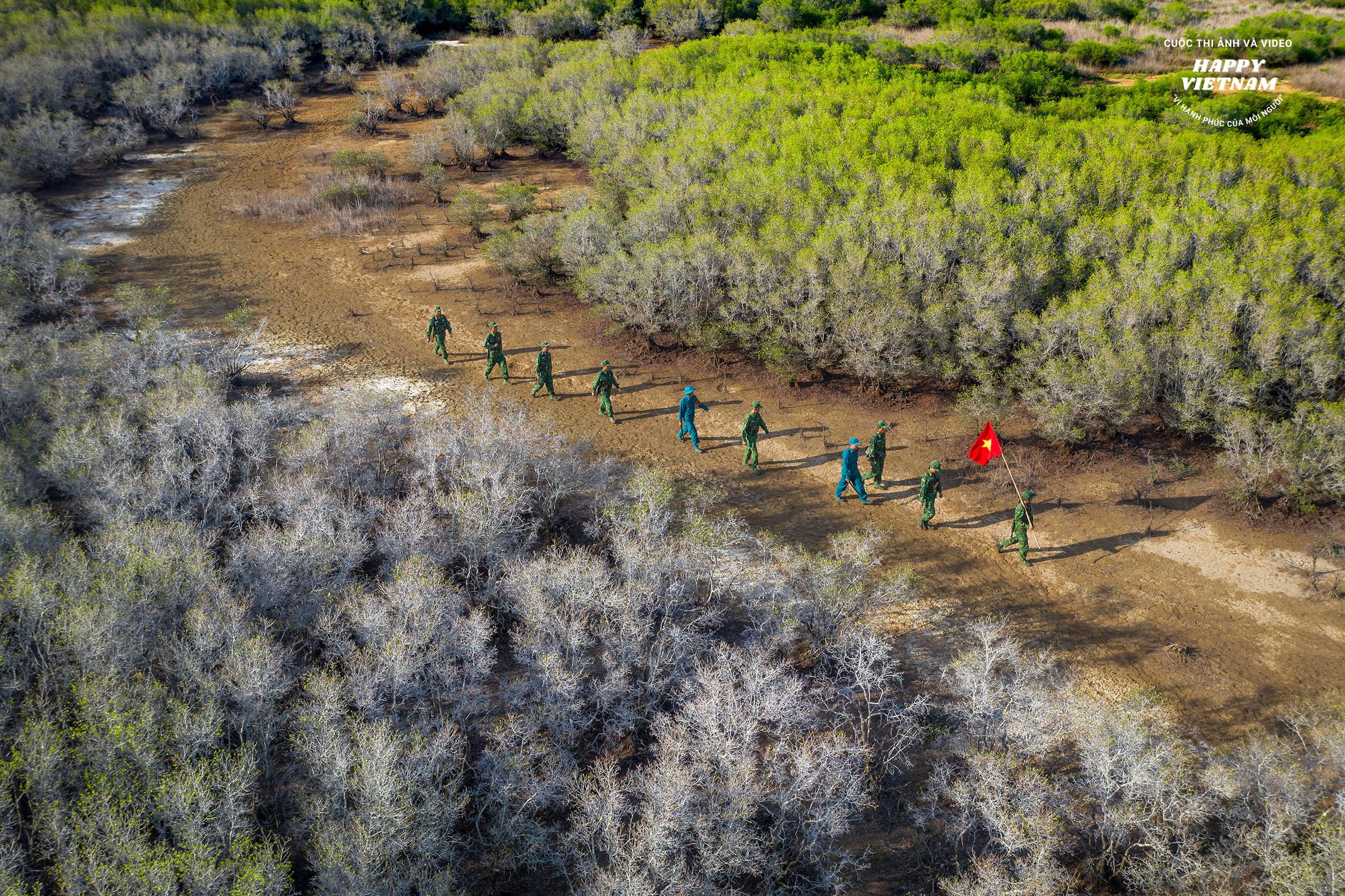
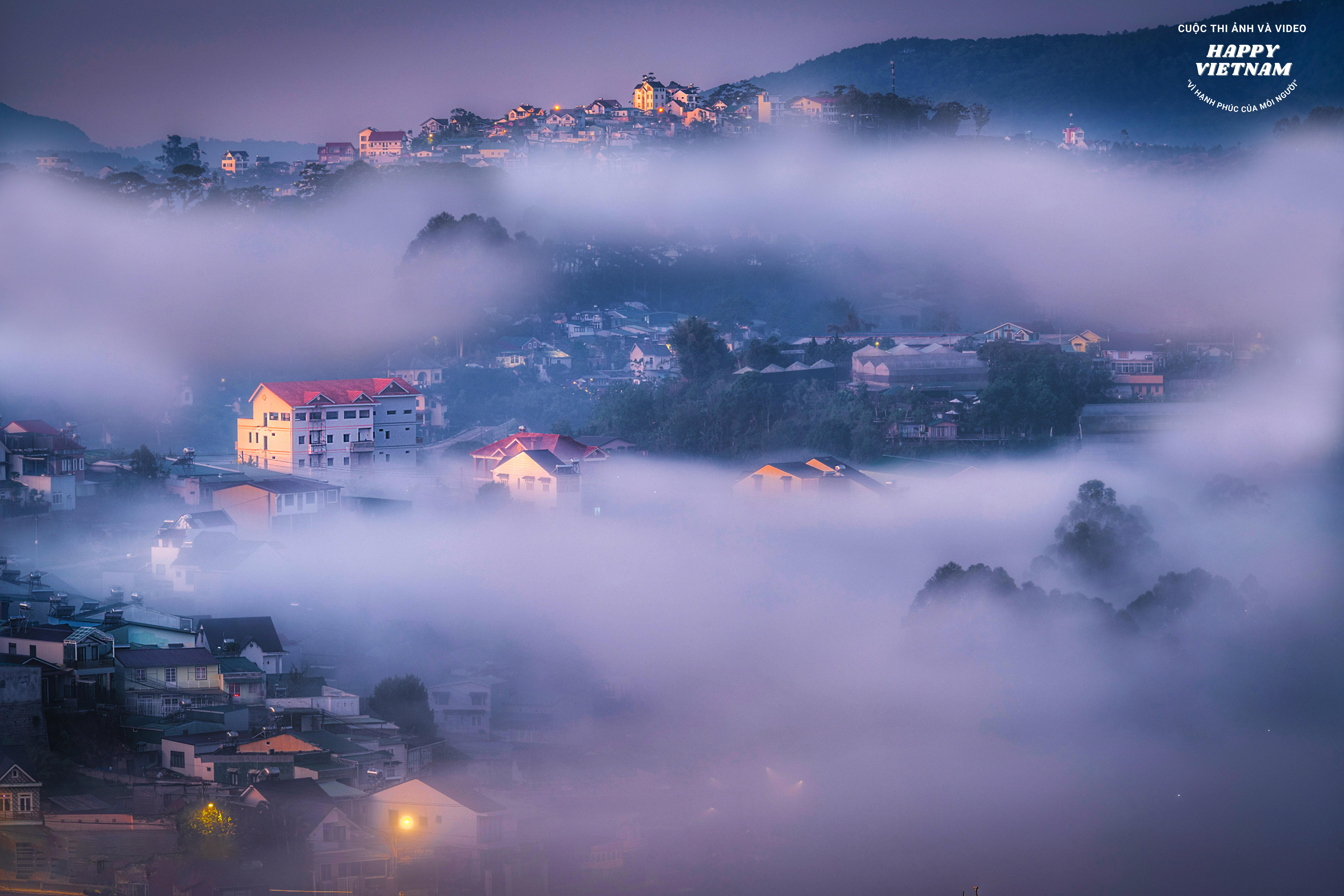

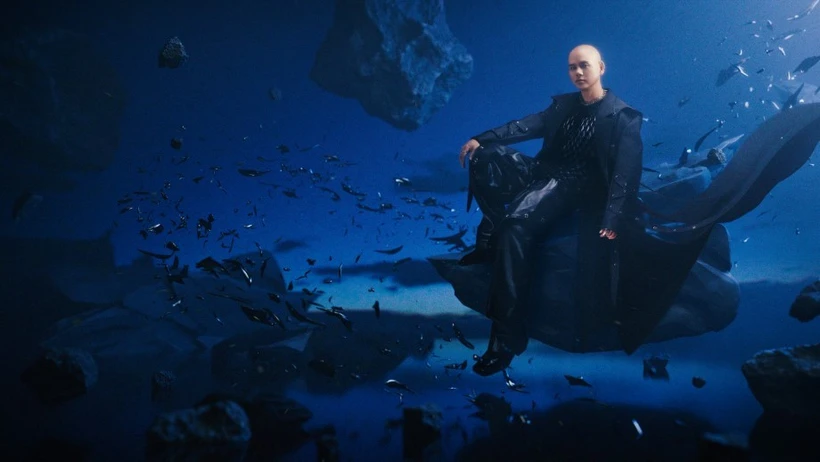
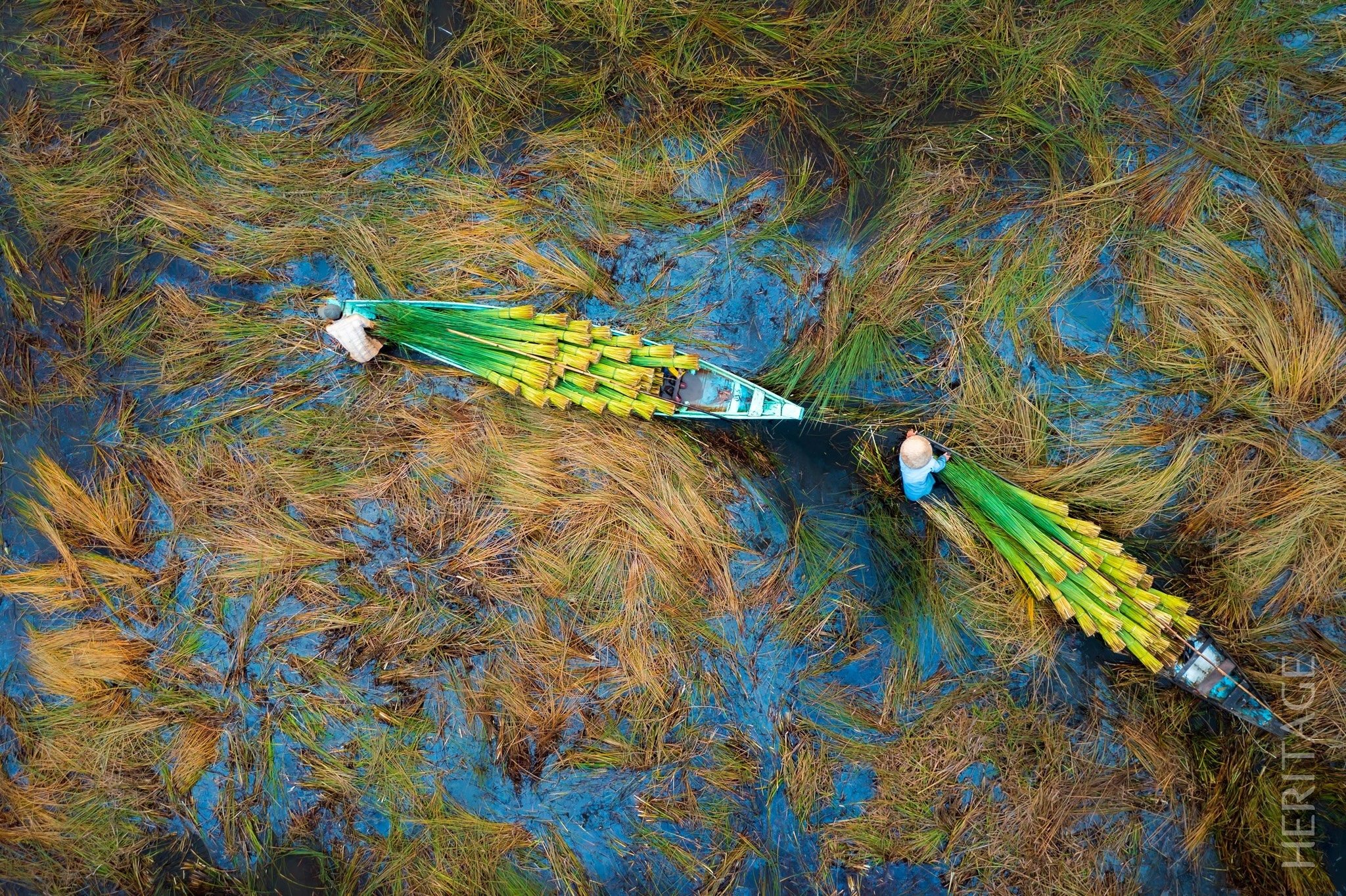
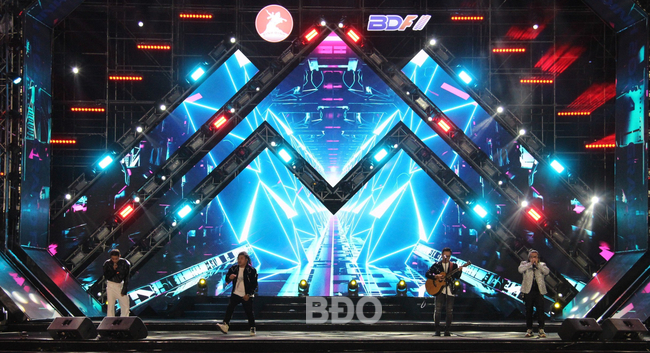
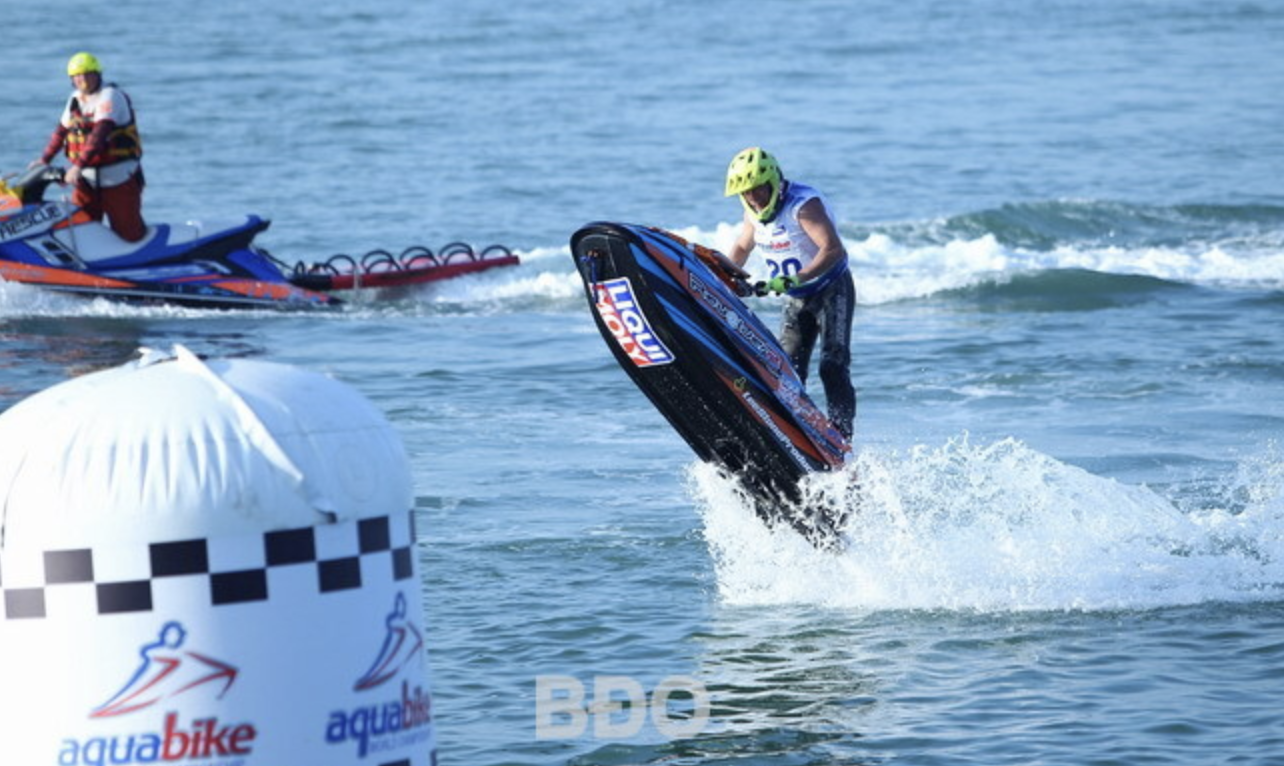
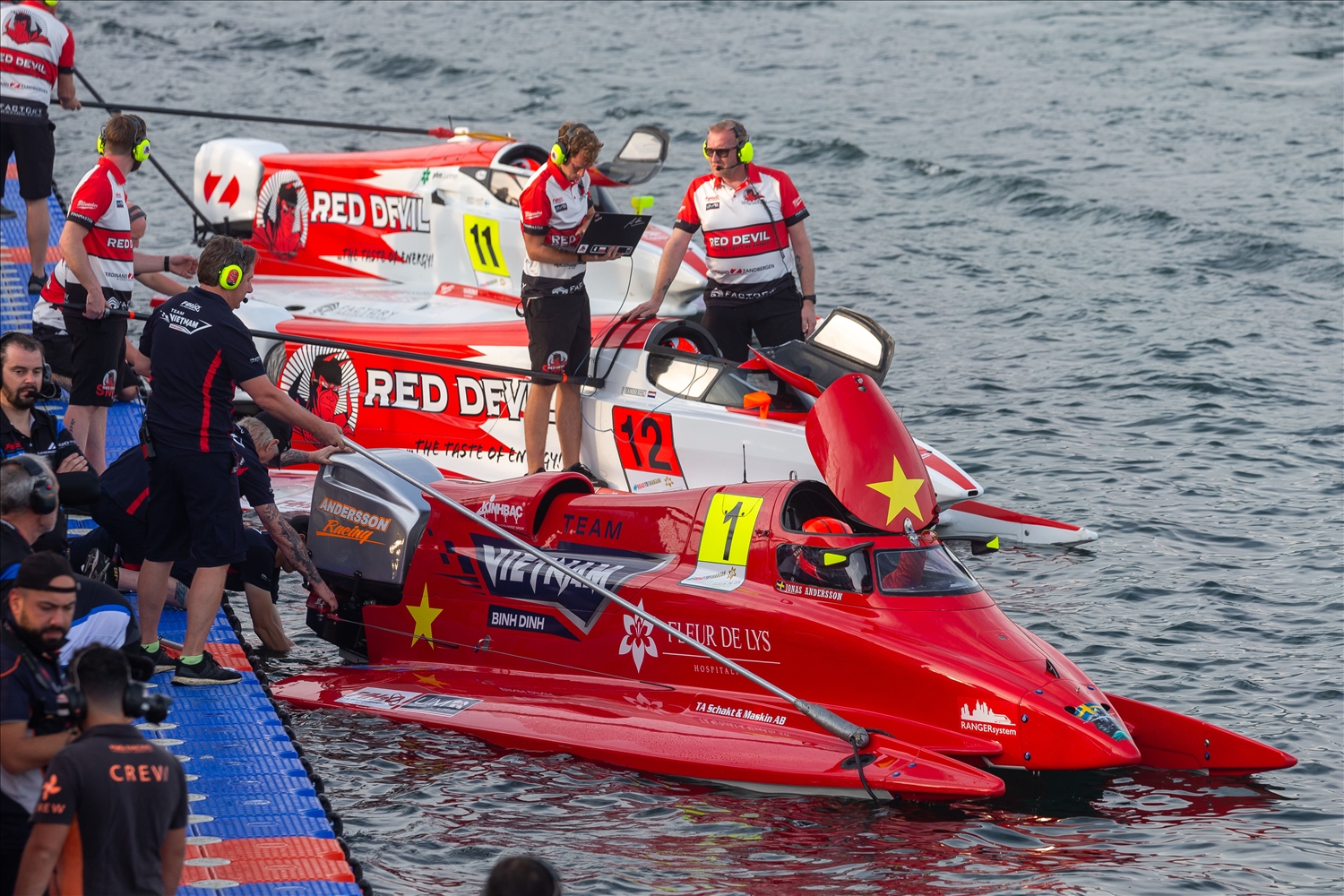
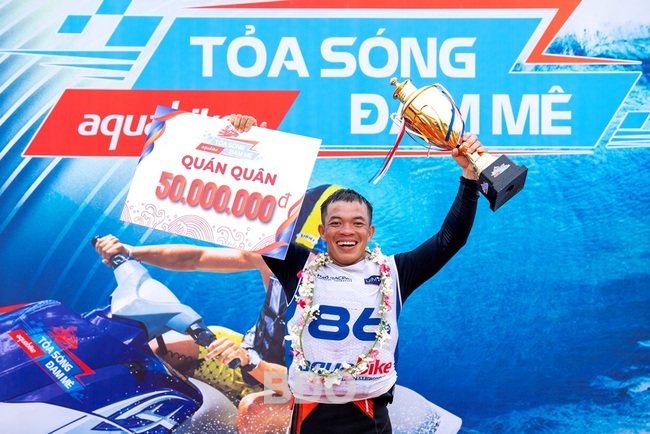
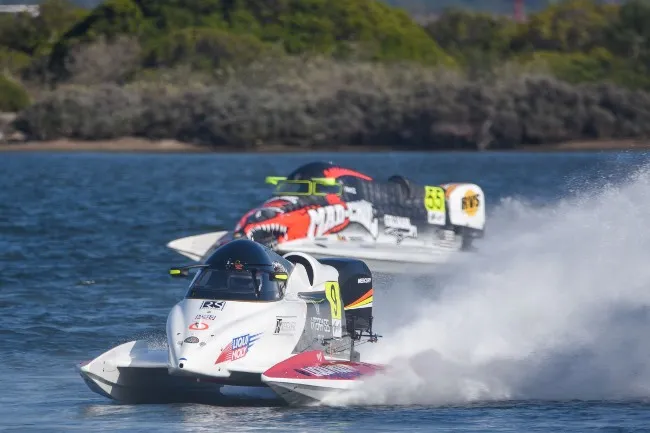

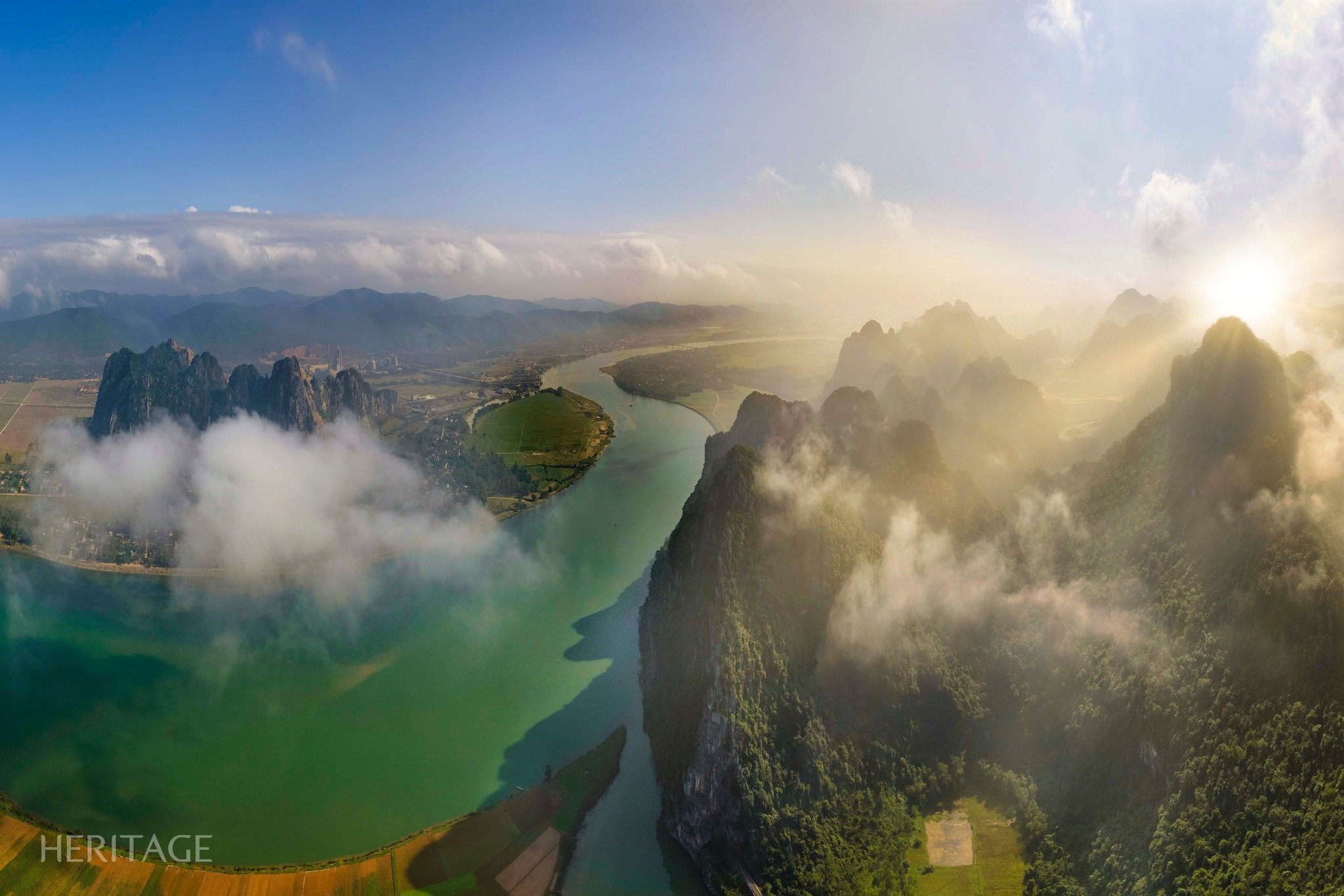



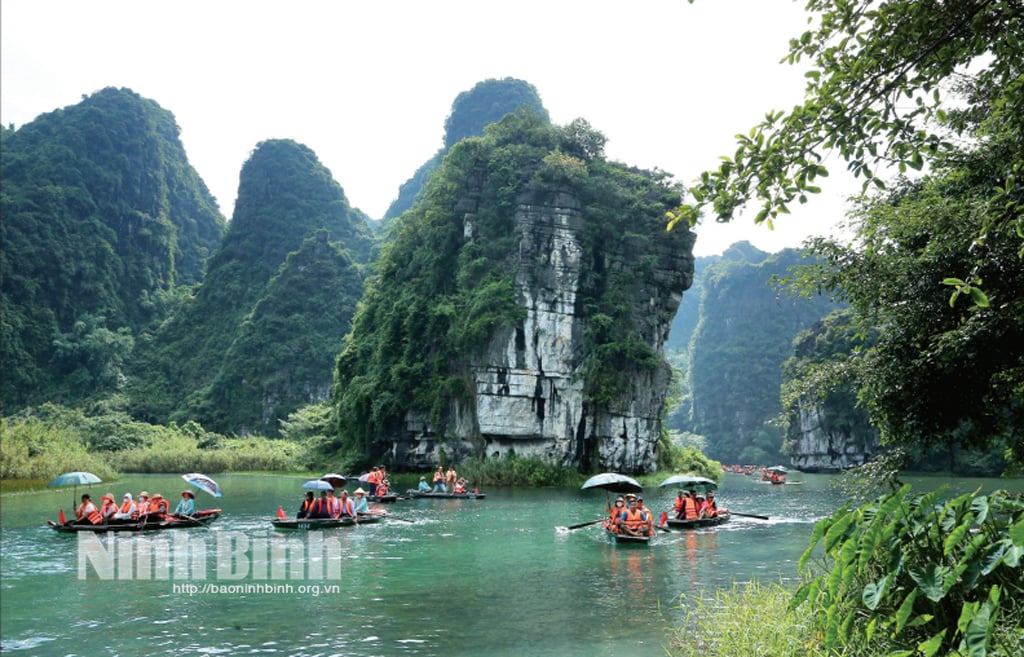





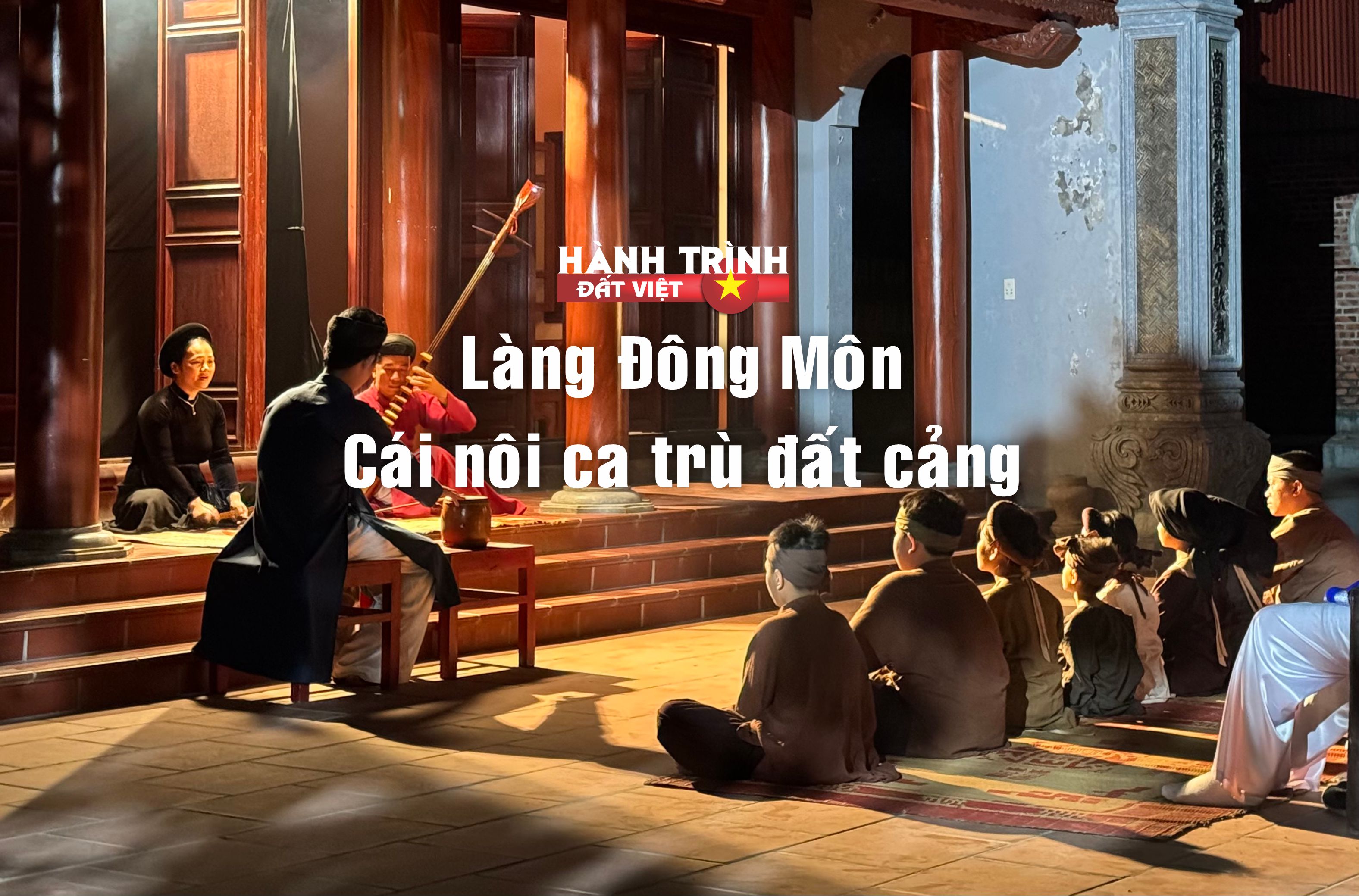

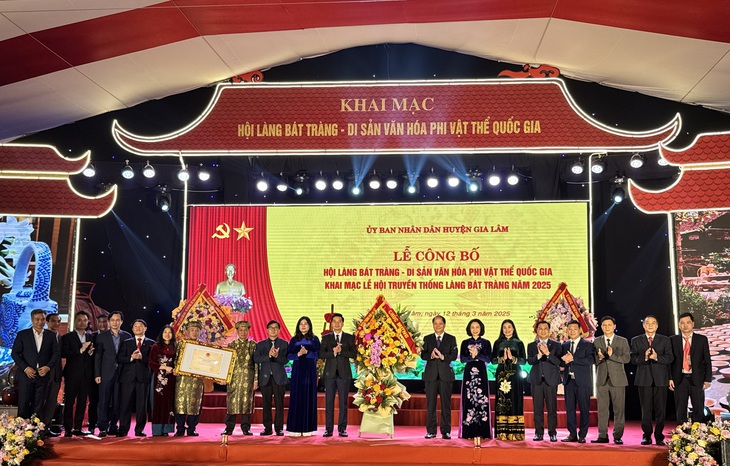

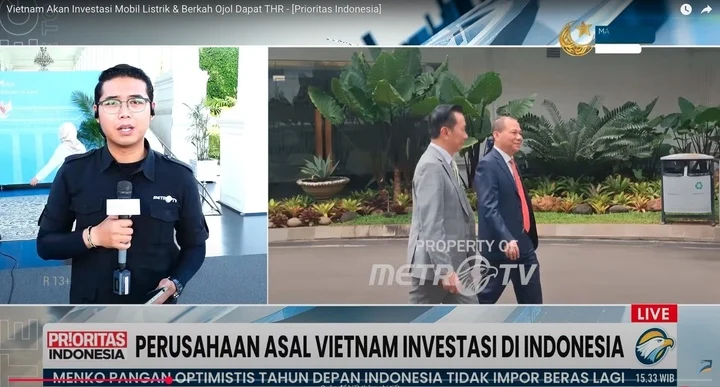

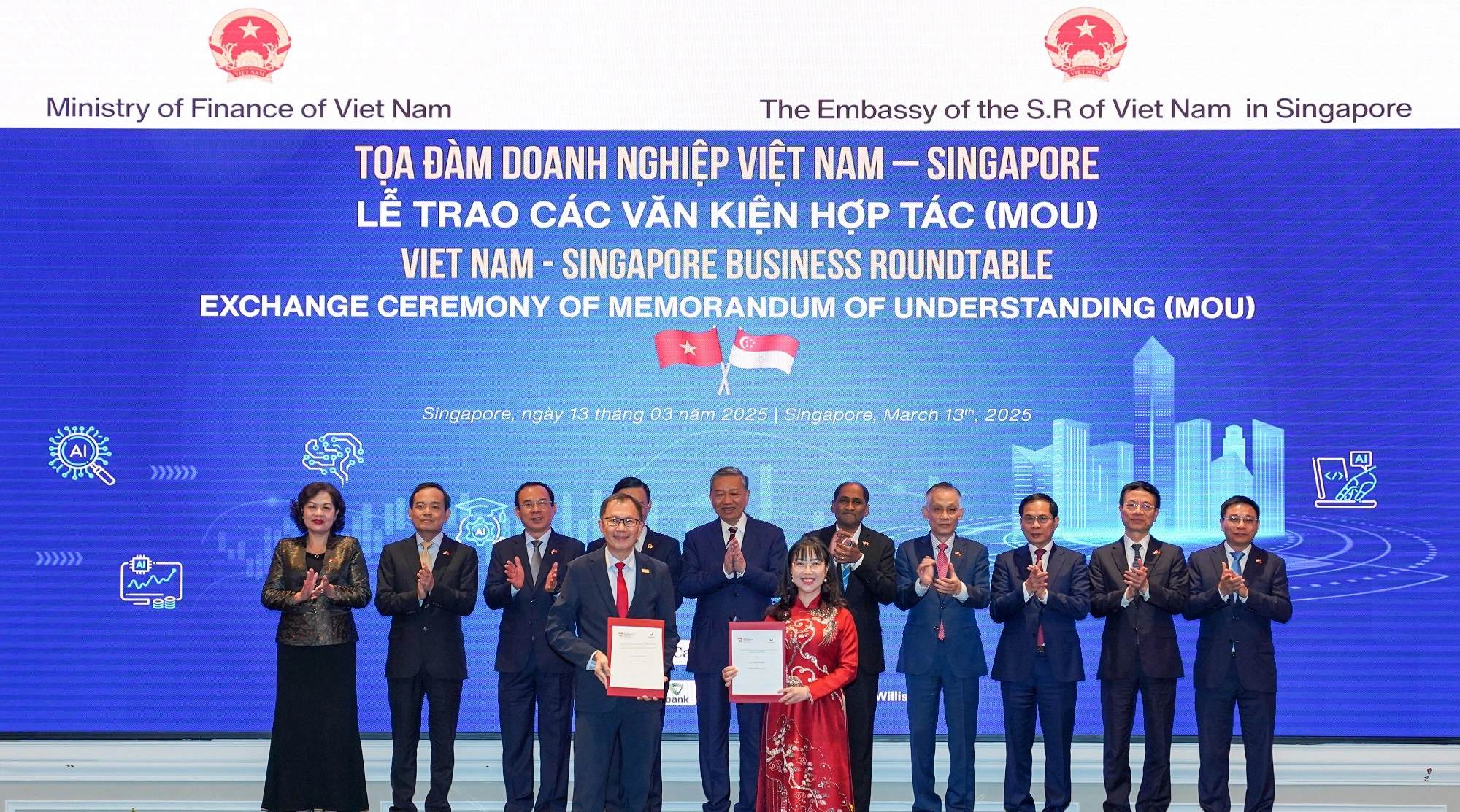




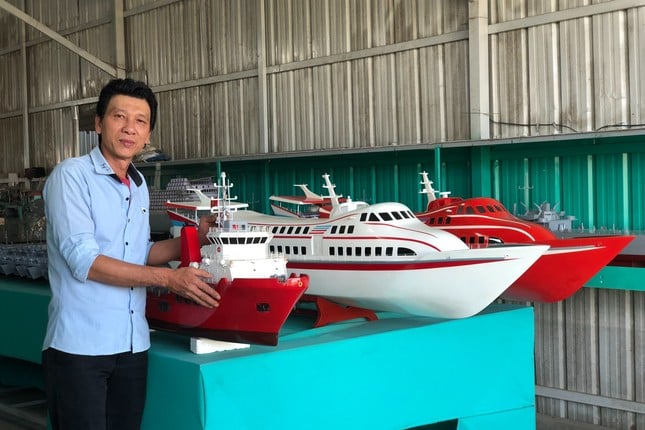

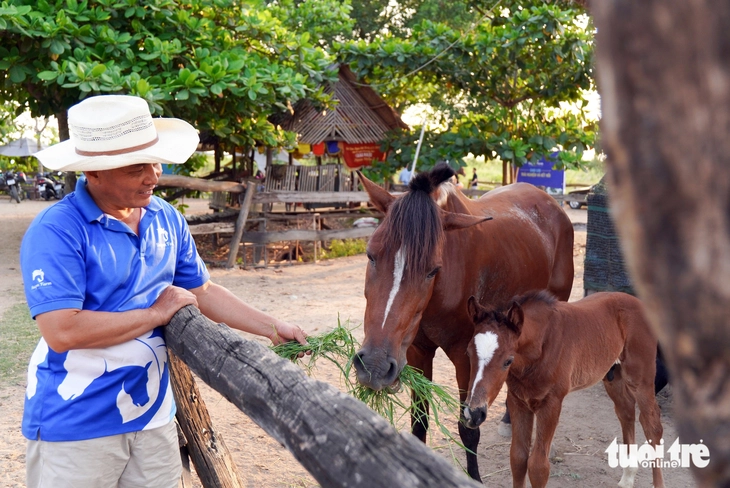
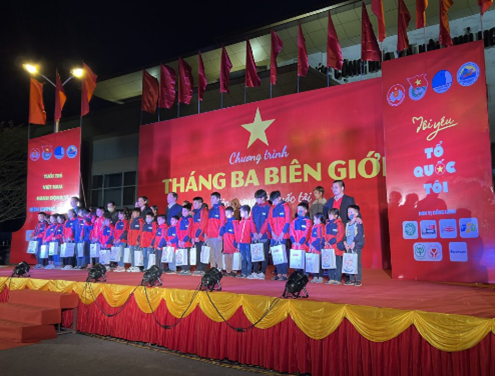
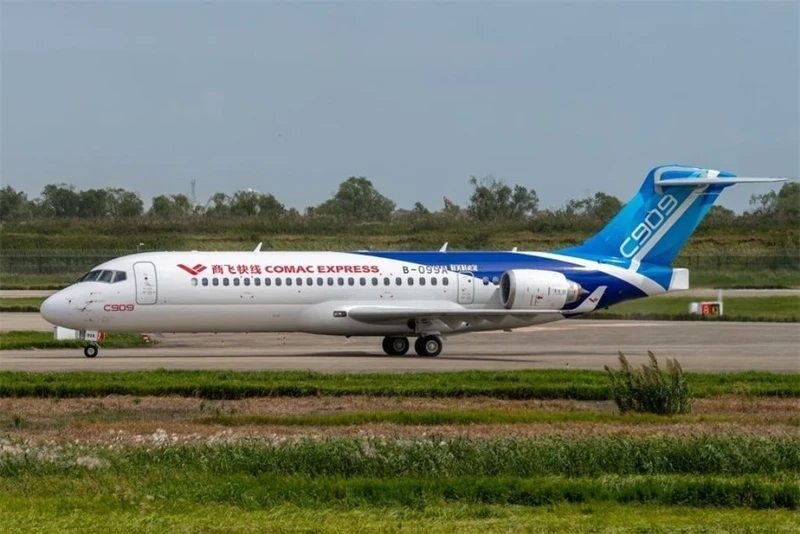


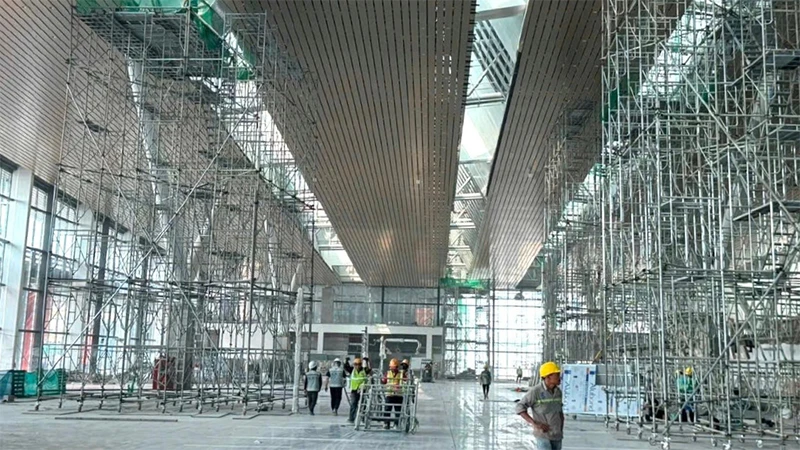
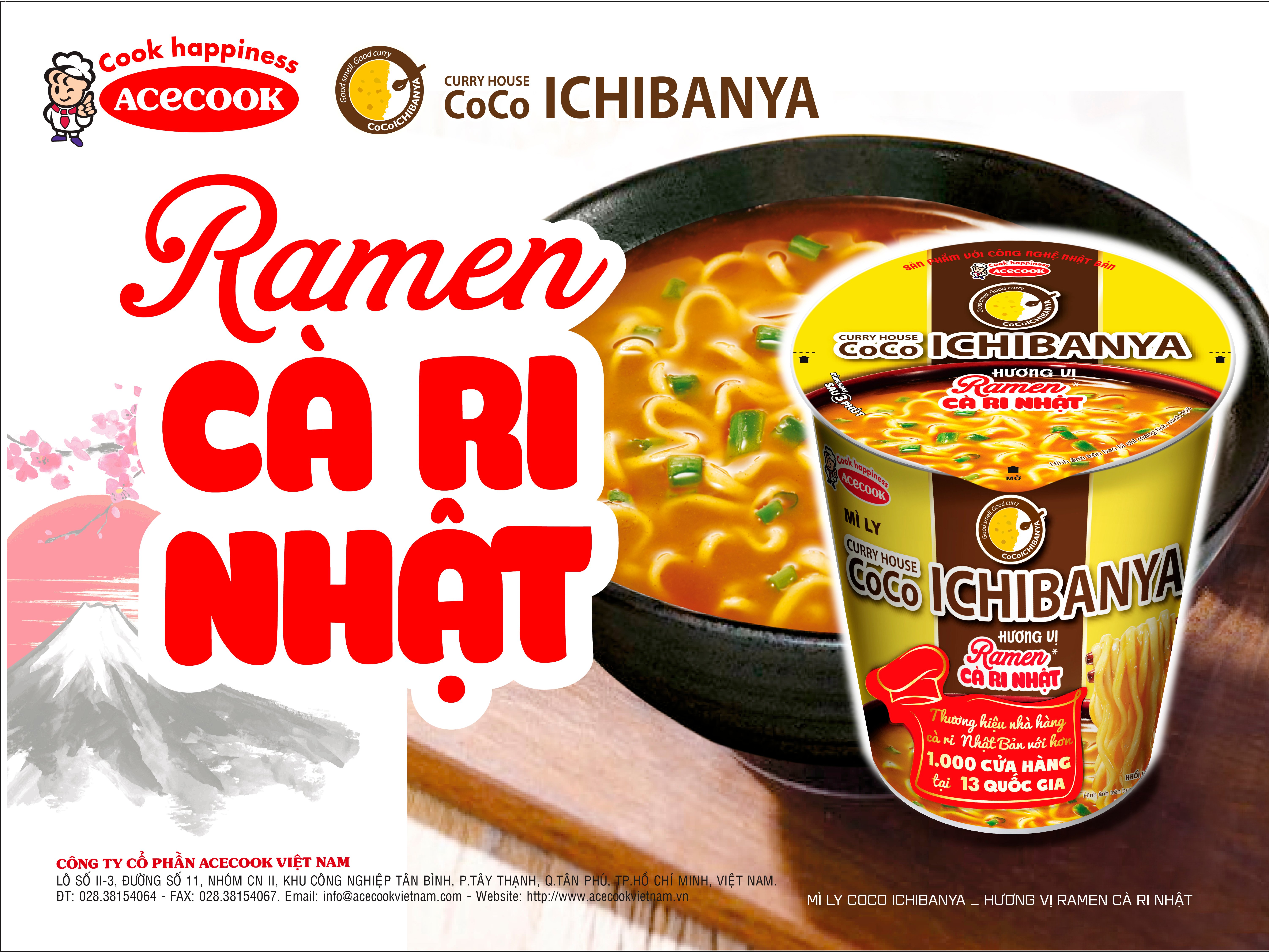
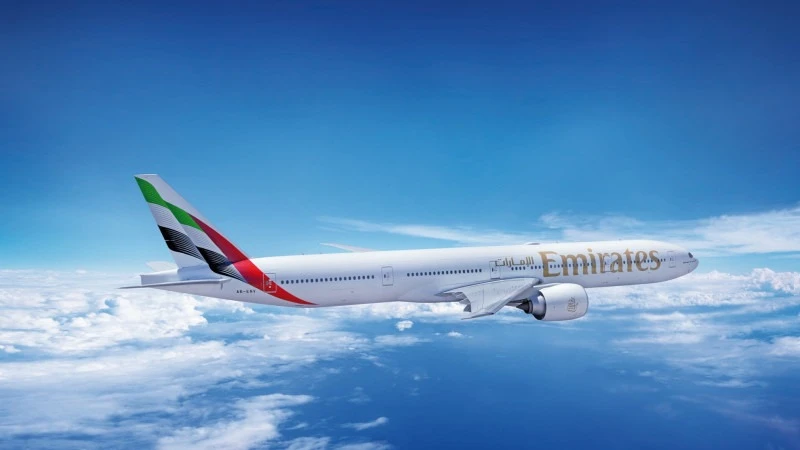
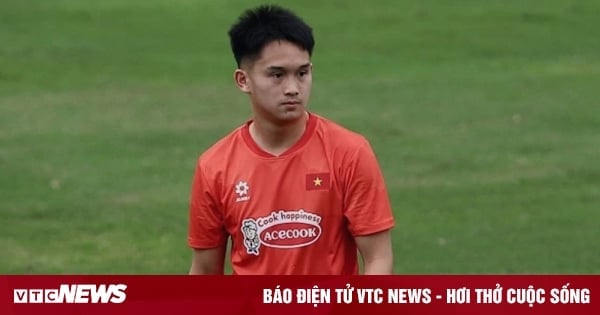




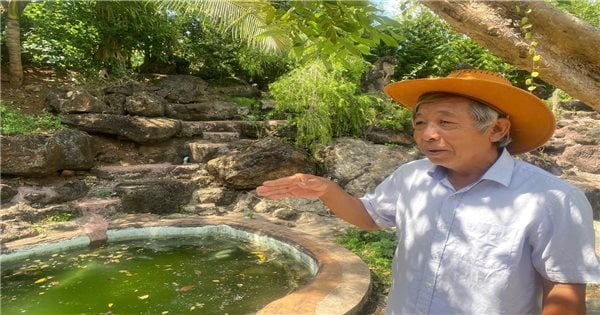








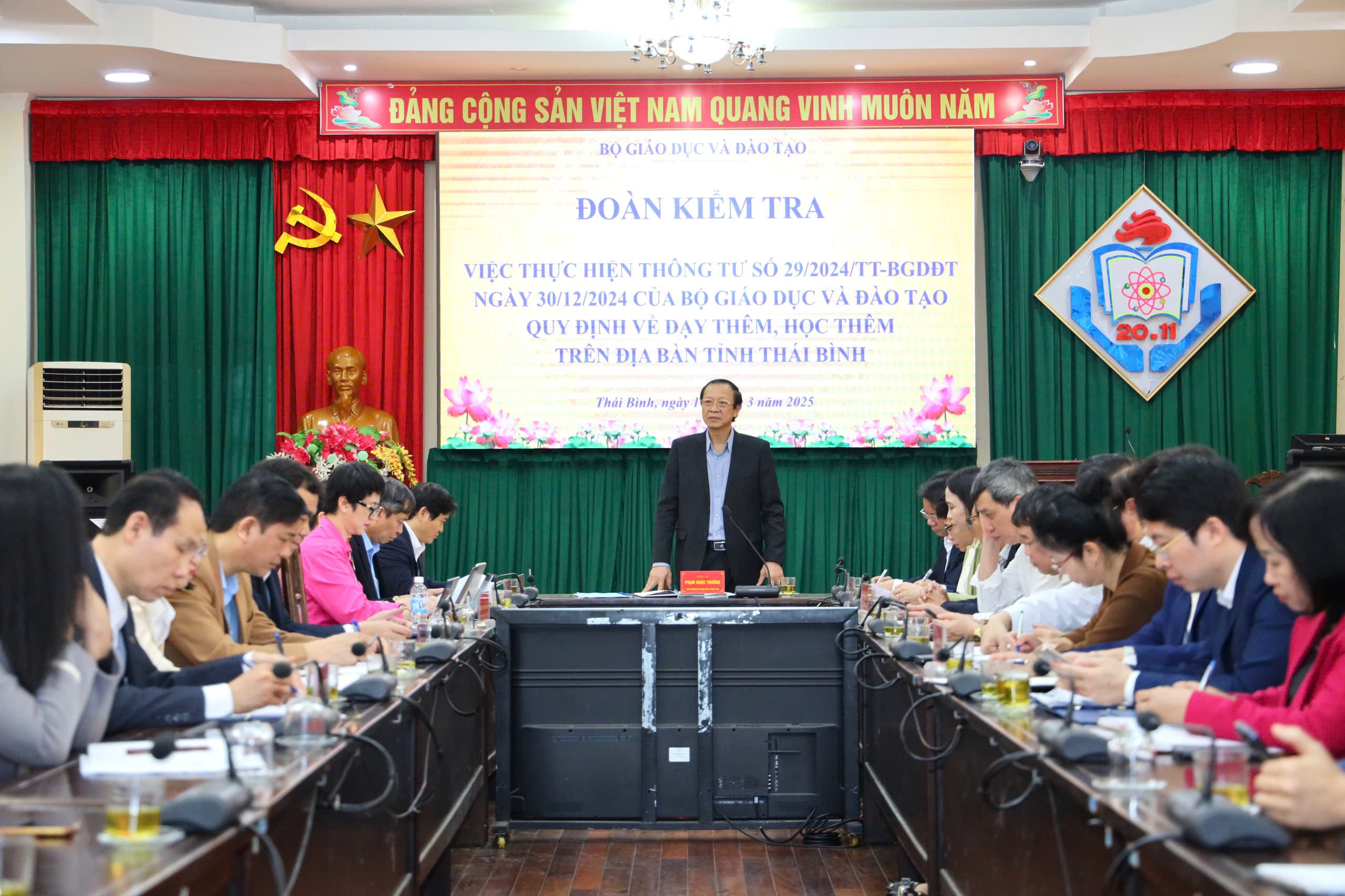

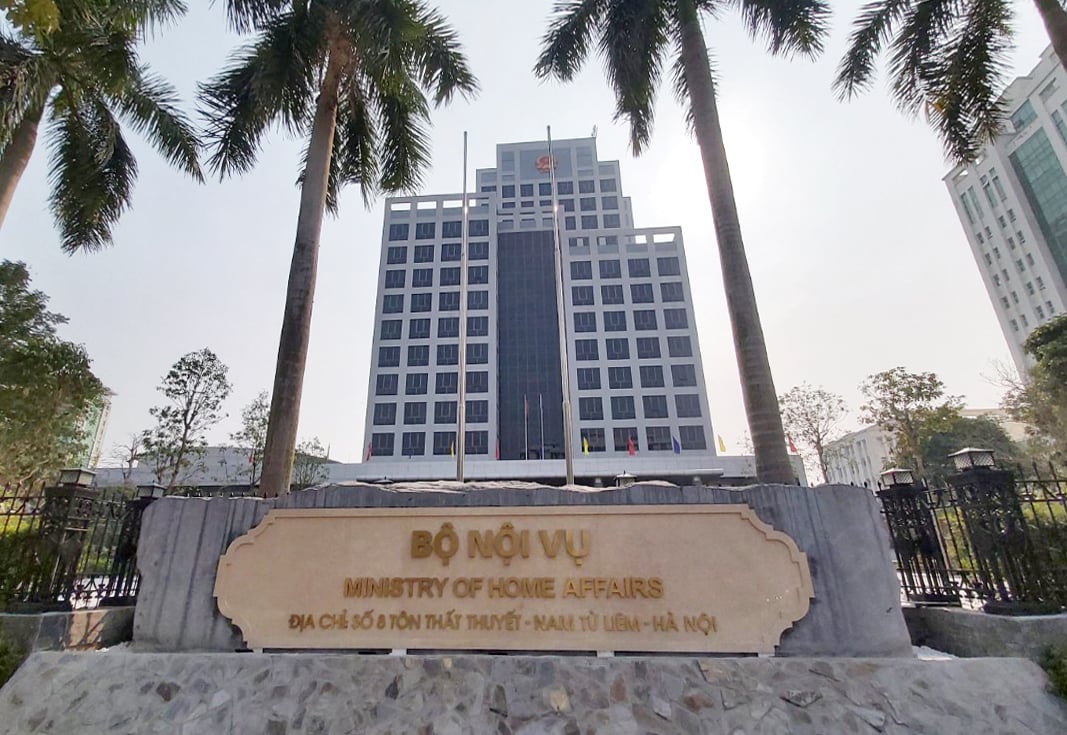

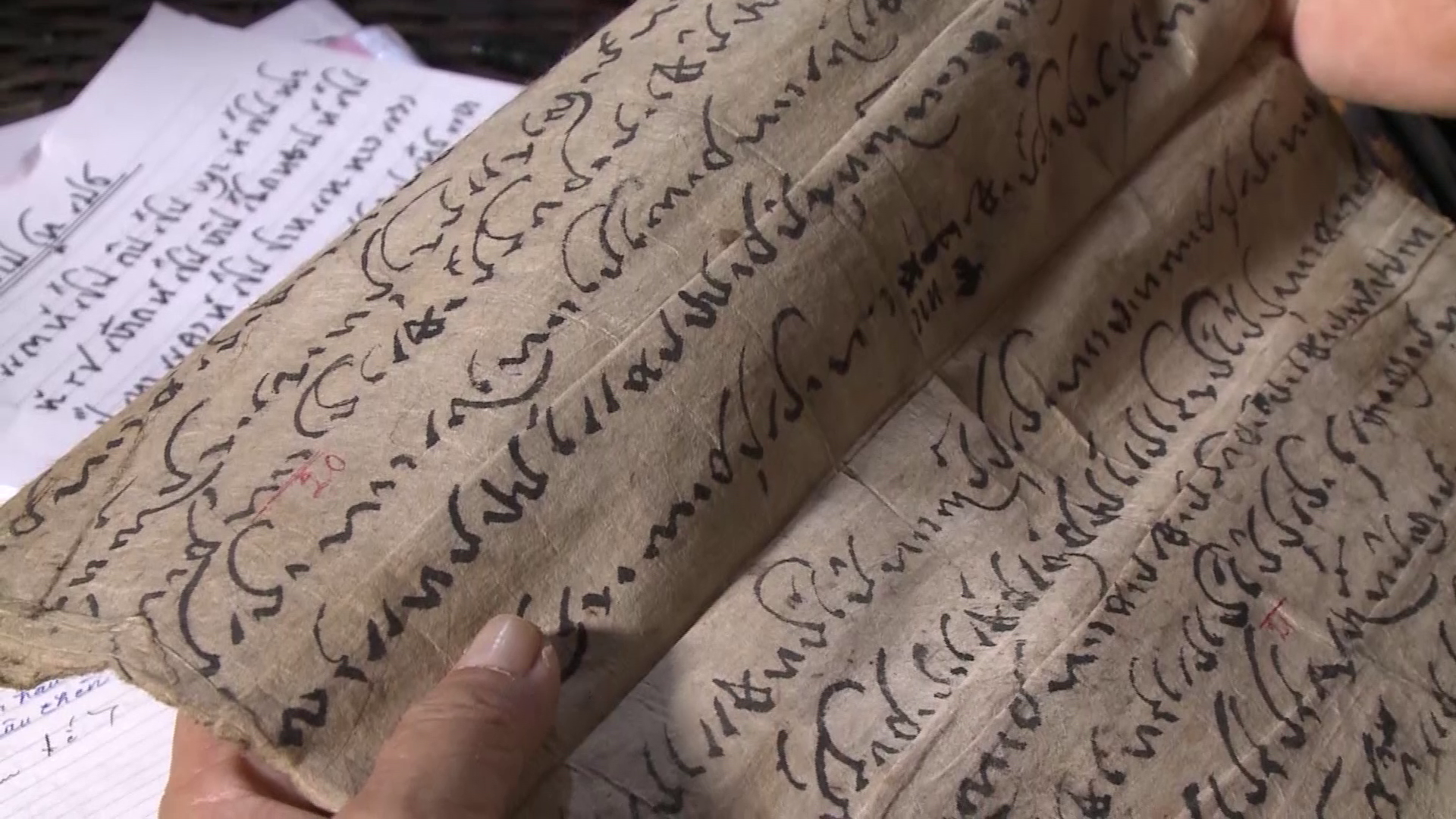







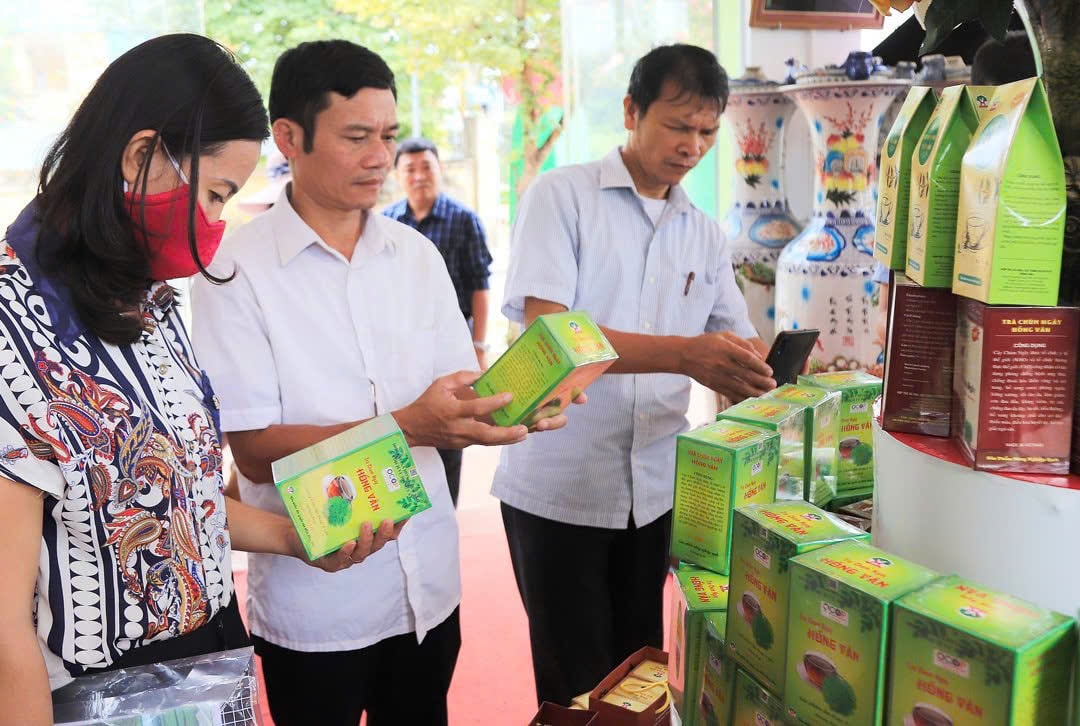
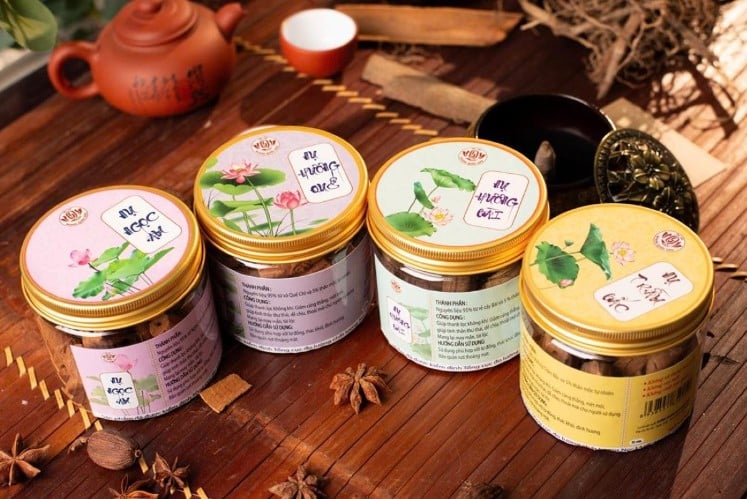

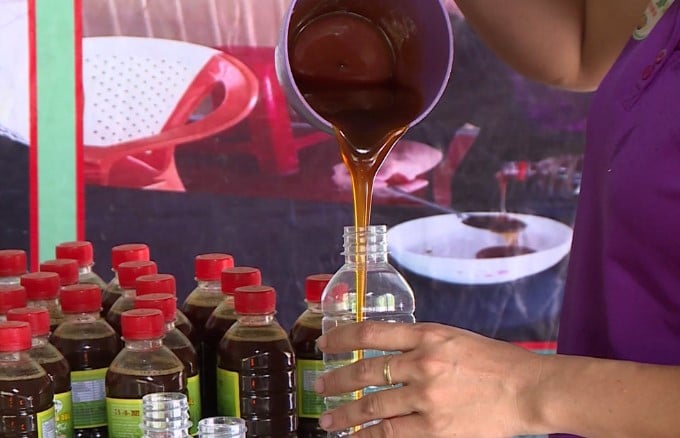
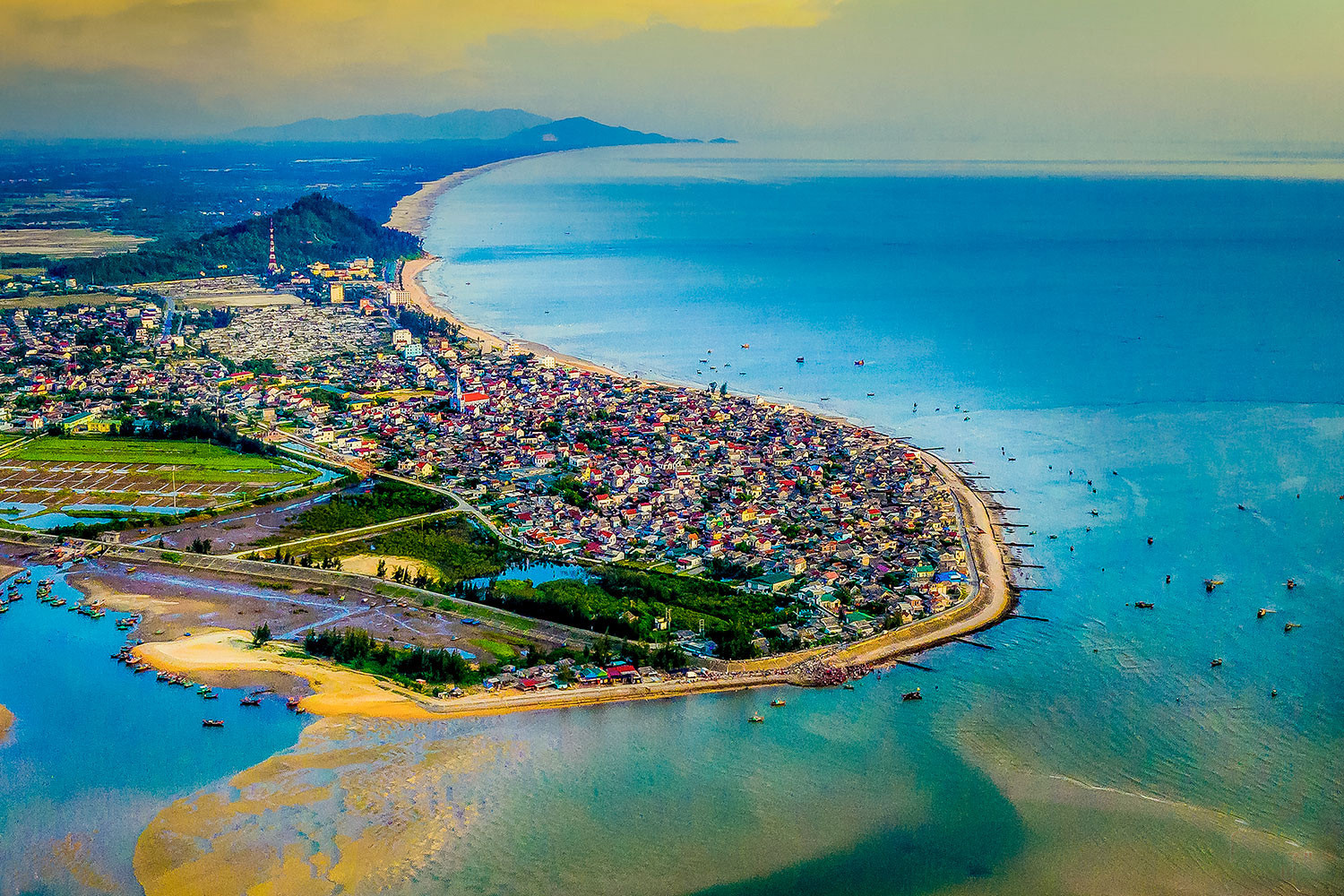
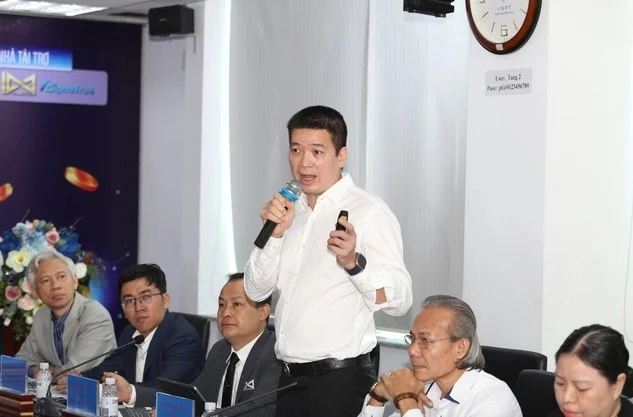

Comment (0)